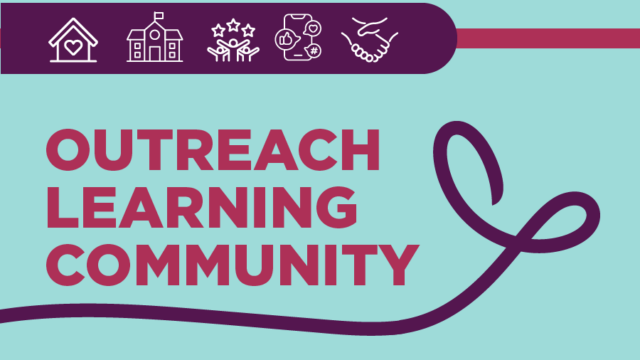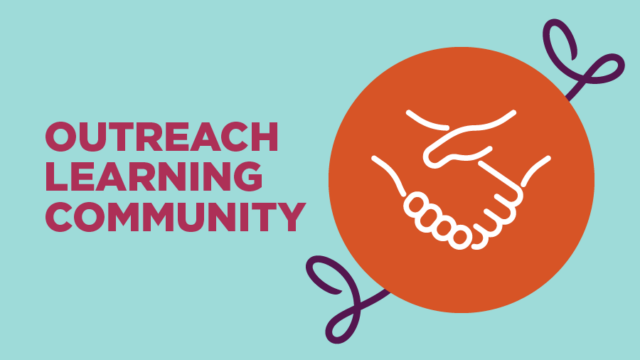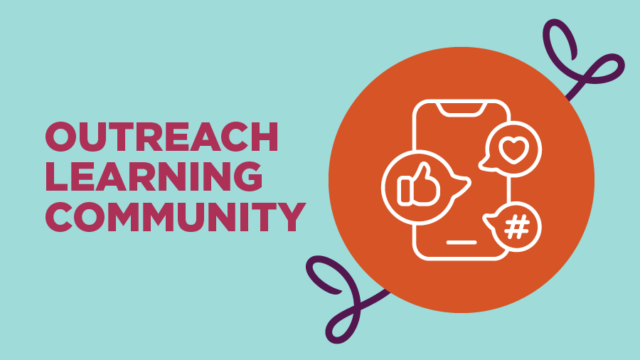Resource Library
Tip Sheet
Navigating Family Dynamics in Kinship Families: Tips for Service Providers
Download This Resource
Grandfamilies & Kinship Support Network Subject Matter Expert Dr. Joseph Crumbley offers the following strategies that you can use to help kin/grandfamily caregivers adjust and adapt as they navigate new family dynamics in their role as primary caregivers.
- Expect pre-existing relationships and interactions between the birth parent, child, and caregiver to change after the responsibilities and roles shift when they become a kinship family.
- Some kinship families form gradually over time, and it is important to understand that there may be different stages or indicators of the shifts in the family dynamic. For example, shifts may occur when caregivers gain primary responsibility for providing food, clothing, shelter, protection, health, and/or educational support to the children in their care.
- Discuss, involve, and acknowledge the importance of family members in reassigning parental responsibilities such as:
- Decision-making
- Authority for the child in the home and community
- Discipline/nurturing
- Supervision/child care/health care
- Finances
- Engage and elicit birth parents to use their authority, relationships, and influence in facilitating the shifts by:
- Giving children permission to accept the changes
- Accepting a supportive role rather than a primary parenting role
- Redefining their roles and responsibilities as a parent
- Delegating their authority to caregivers
- Identifying common goals with family members and how to mutually support each other
- Developing a uniform plan for informing and helping the children adjust to the shifts and changes in the family
- Discuss with the children how roles, relationships, and responsibilities for them have changed, as well as why they are living with and are being cared for by their grandparent or other kin. Ask how they feel, acknowledge their feelings, and answer their questions.
- Acknowledge the birth parents’ loss and grief and ask them how the family can support them, not only as the children’s parents, but also as family members (i.e., son, daughter, sister, brother, or family friend).
- Plan on talking with the extended network of family and close friends about the shift in the caregiver’s priorities and loyalties from the birth parent to the child.
- Anticipate explaining to family members that the child is entitled to the same rights and care as if they were the caregiver’s birth child.
- Be prepared to elicit and acknowledge the feelings family members might have in reaction to the shifts in priorities, loyalties, and entitlements, as well as shifts in their roles, responsibilities, and relationships (e.g., living space, child care).
- Be prepared for birth parents and family members to disagree about who has been appointed as the primary caregiver.
- Family members may struggle with unresolved issues with the caregiver and have a mix of complex feelings, including concerns that the caregiver is being taken advantage of; is enabling the birth parents to forego their responsibilities; and/or is unable to take on the role due to age, health, or individual or family history.
- Plan to explain to the family why this caregiver has been identified as suitable for this role. Focus on reasons that family members will find relatable and will be able to support, such as:
- Keeping children in the family (and potentially out of foster care)
- Taking care of our own
- Being there for each other – “You never know when you’ll need family”
- Maintaining family traditions
- Get assistance and support for the family in adjusting and adapting to these shifts by connecting them with:
- Kinship navigator programs
- Kinship support groups/programs/agencies
- Children and family services (public and private)
- Aging programs
- Religious and community organizations
- School counselors/teachers
- Mental health services/providers/family therapists
- Family group decision makers/arbitrators/mediators
- Human resources/employee assistance programs
A Network-hosted webinar with Dr. Crumbley, Family Dynamics in Kinship Families: Implications for Services and Programs, provides further information on this topic. Another Grandfamilies & Kinship Support Network resource, Identifying and Engaging Untapped Partners to Support Kinship/Grandfamilies, provides additional ideas regarding organizations that can be a resource to your families.


